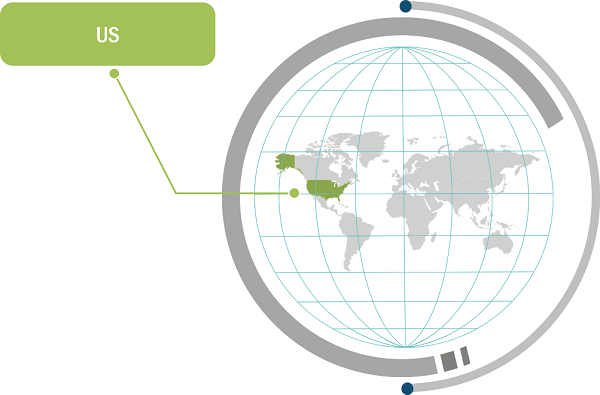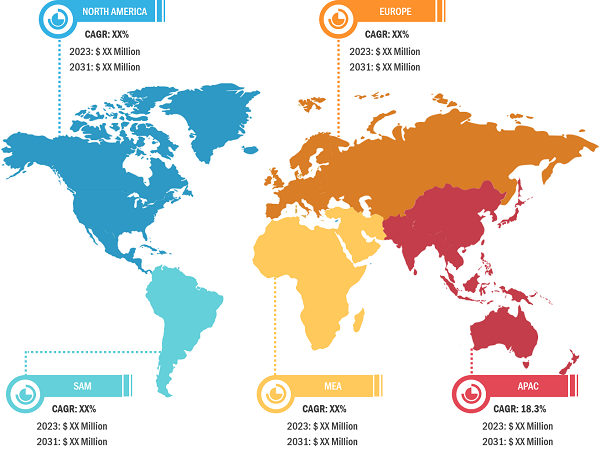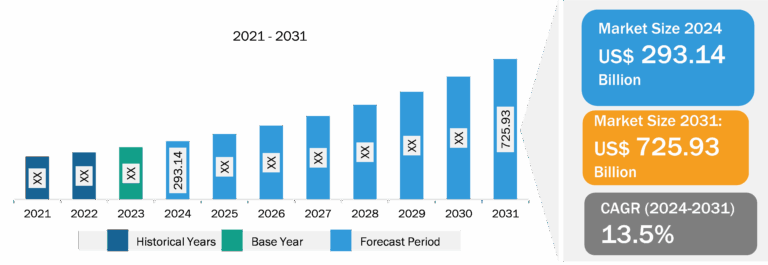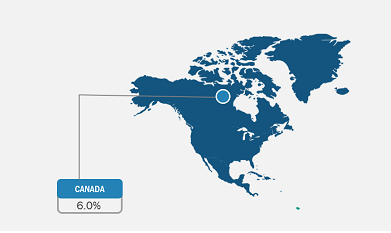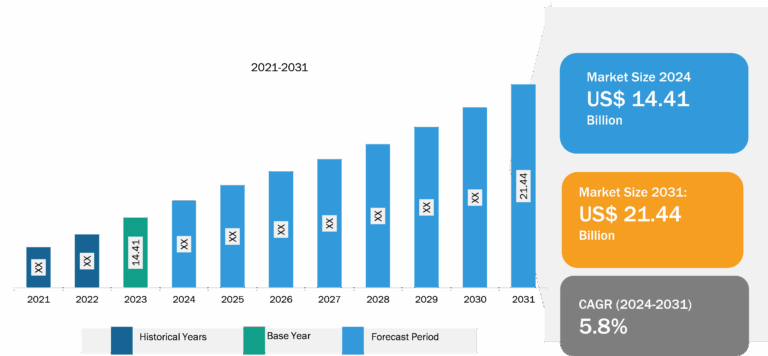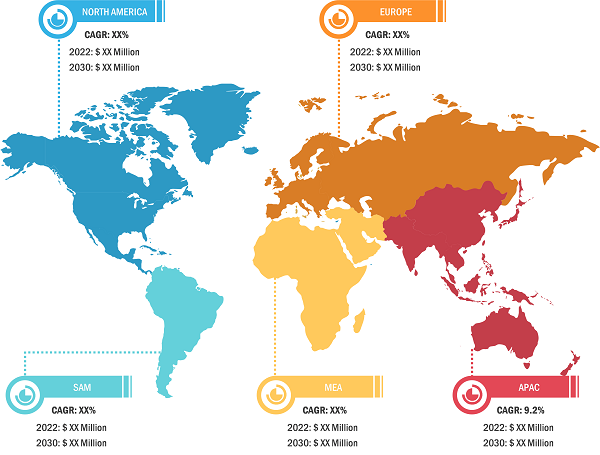
Fashion Design Software Market
Rise of Fashion in Gaming Industry to Fuel Fashion Design Software Market Growth During Forecast Period
According to the International Trade Administration, U.S. Department of Commerce, in 2020, the global video game industry was valued at US$ 159.3 billion. The US market witnessed 31% rise in spending on video gaming and subscription services after the onset of the COVID-19 pandemic. In the gaming industry, the trend of incorporating cosmetic designs for the digital avatars of gaming characters is rising rapidly. As a result, various fashion brands are capitalizing on this trend by collaborating with different gaming companies. For instance, in November 2021, The Sims 4 game partnered with Stefan Cooke, a London-based designer, to release 23 pieces of digital menswear outfits. Similarly, in August 2022, Epic Games Inc., an American video game and software developer and publisher company, collaborated with Grammy-winning artist Ariana Grande. With this collaboration, the gamer can purchase Ariana Grande’s skin using V-bucks, a virtual currency of the Fortnite game of the company. Hence, such fashion collaborations in the growing gaming industry are projected to fuel the growth of the fashion design software market during the forecast period.

Fashion Design Software Market: Industry Overview
The fashion design software market is segmented on the basis of type, end user, and geography. Based on type, the fashion design software market is bifurcated into 2D software and 3D software. By end user, the market is segmented into enterprises, individuals, and institutions. Geographically, the fashion design software market is segmented into North America, Europe, Asia Pacific, the Middle East & Africa, and South America.
The global fashion design software market is categorized into five major regions—North America, Europe, APAC, the Middle East & Africa, and South America. In 2022, Europe led the global fashion design software market with a substantial revenue share, followed by North America and Asia Pacific. The fashion design software market in Europe is segmented into Germany, the UK, France, Italy, Russia, and the Rest of Europe. The European Union (EU) has taken important steps to make the fashion industry in Europe more environmentally friendly. European Union (EU) is seeking alternative options to sustainable clothes to last long, be used more responsibly, and not be thrown away quickly. To do this, they are making stricter rules for how clothes are made and used. The EU’s plans include using more recycled materials in clothes by 2030. They also want to stop companies from destroying clothes that are not sold. This is important to reduce waste and help the planet. Additionally, they are working to reduce the release of tiny plastic particles from clothes and improve the working conditions of people who make the clothes. Hence, companies will need to change how they make and sell clothes. Instead of making cheap clothes that do not last long, they will need to make higher quality and more sustainable products, thereby contributing to the overall fashion design software market growth.
Fashion Design Software Market: Competitive Landscape and Key Developments
Adobe Inc, Autometrix Inc, Browzwear Solutions Pte Ltd, CLO Virtual Fashion LLC, Lectra SA, Harper Arrington Publishing LLC, Optitex Ltd, Strategies SA, TG3D Studio Inc, and Tukatech Inc. are among the leading market players profiled in the fashion design software market report. Several other essential market players were analyzed for a holistic view of the market and its ecosystem. The report provides detailed market insights, which help the key players strategize their market growth. A few developments are mentioned below:
- In December 2022, Browzwear announced a partnership with Crystal Denim to offer digital twins of the company’s specialty denim fabrics to users of the VStitcher 3D design platform. The integration gave designers and manufacturers of denim garments greater ability to visualize designs in realistic 3D.
- In September 2022, Optitex announced its collaboration with Bandicoot Imaging Services (Bandicoot), an innovative material digitization solution provider. The collaboration enabled users to digitize even one meter of material swatches with big pattern repeats, as well as automated the complex tiling procedure.

